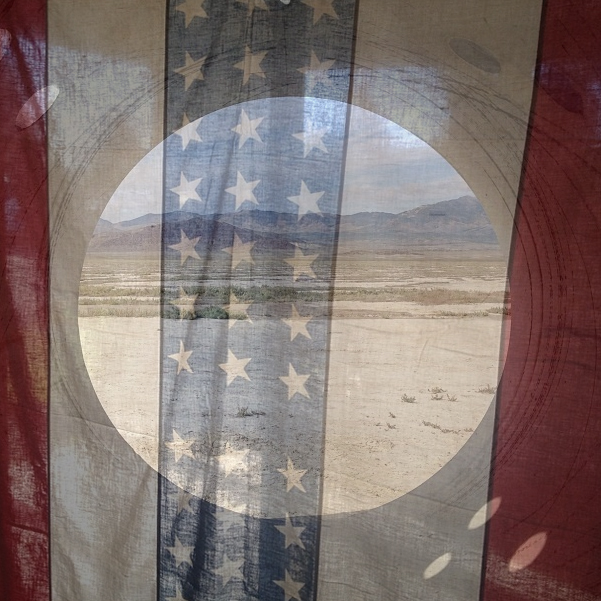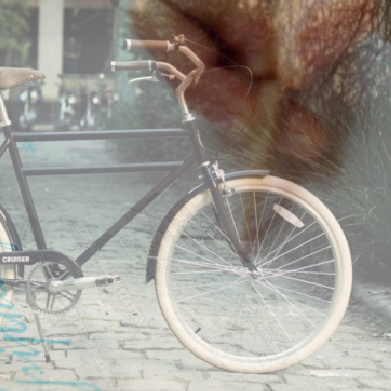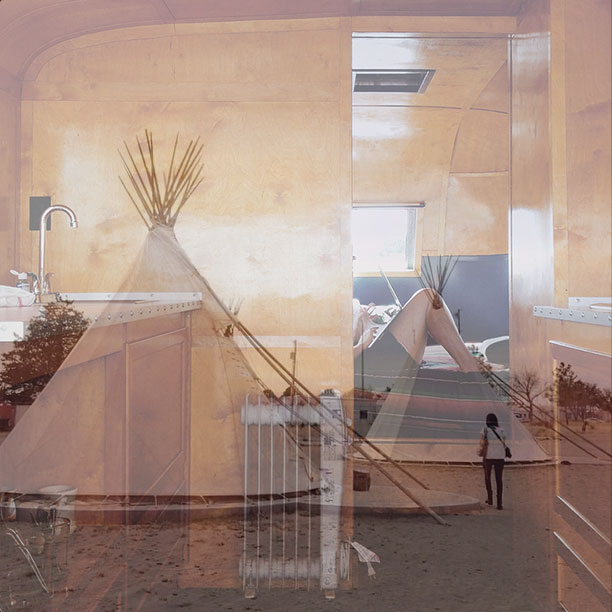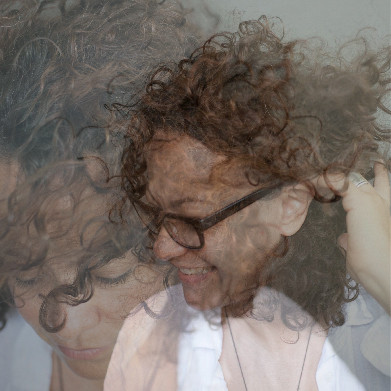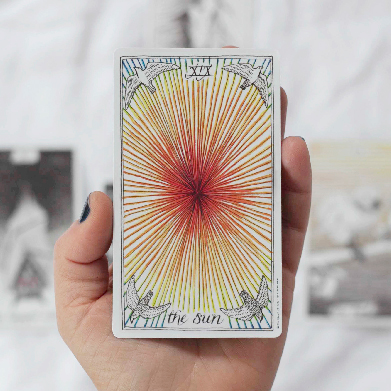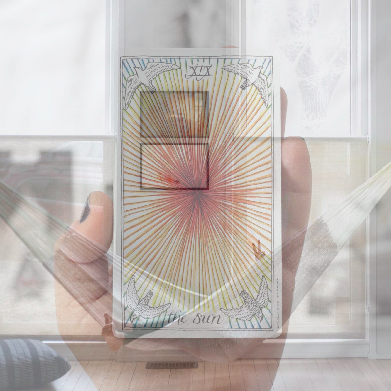One: Obituary
This is a test.
January 20, 2058
By Jennifer Hritz
JENNIFER ELSNER, who redefined graphic design, dies at 90
Jennifer Elsner, iconic graphic designer and visual arts maven, died on Monday in Los Angeles. She was 90.
Her death was confirmed by her son, novelist Sam Shields, who informed the Associated Press that Ms. Elsner was walking her dog along the beach Monday morning when she collapsed.
For most of her ninety years Ms. Elsner played with perspective, reinvigorating age-old notions about design, art and the intersection between the two. Her death bequeaths a legacy of unconventional graphic design and a constant invitation to re-envision. In 2015 she redefined the term designer by offering a small coterie of clients a deeper, alternative design experience, at the same time opening herself up to criticism from some in her field who believed that her approach would render obsolete a protocol for design achievement, or at the very least erode the designer/client relationship. Instead, Ms. Elsner ushered in an era of generous design, commandeering the respect of Stephan Sagmeister and Keetra Dean Dixon, and refining the careers of luminaries such as Leandra Medine and Amanda Palmer. Her destination dinner parties were lauded as the vanguard in exceptional entertainment, and inadvertently launched the career of more than one musical artist, Sybil Kingsbury and Bridge Macklin among them. Since their inception in 2001, her holiday cards—an annual collaboration with husband David Shields, founder of the Center for Physical Typography—have been regarded as a coveted gem for the design elite.
At the time of her death, whispers abounded of a project with photographer Rasmus Højsgård Larsen, whom Ms. Elsner met at age 86 while traveling in Copenhagen and whose work has been said to evoke the intimate, storytelling style of American photographer Duane Michals. Given Ms. Elsner’s exploration over the course of her career of the ways intimacy can inform design—and how design can transform intimacy—a creative fusion with the twenty-nine-year-old Højsgård Larsen suggests how she remained nimble and highlights the synergy intrinsic to her projects.
Read MorePerhaps the impetus for this dynamism was a sabbatical Ms. Elsner took in her forties: Land Arts of the American West. The program insisted its participants immerse themselves in the education of both creative and critical arts through field research. Relinquishing her duties as a partner in her design studio, Viewers Like You—not to mention leaving behind her responsibilities as mother and spouse—and allowing herself to be lost to the land for a two-month period gave her the opportunity to explore relationship from a multi-dimensional perspective, including as designer. Impatient with its static definition, she segued over the next few years from conventional deliverables in favor of a holistic approach much richer than any service she had previously offered, as well as a series of investigations into the way designers and clients work together. This is when she coined the term, Pragmatic Performance. Her work in this area was perhaps her most revelatory and meaningful. These conceptual engagements explored the conventions of professional practices: most radical was her year of not charging for design assets, but for each email sent and received.
What Ms. Elsner could provide was support, curated for each client, conversational in nature and yet with a distinct element of dispassion inherent to her belief for what was essential in creative problem solving.
A cornerstone of Ms. Elsner’s practice was belief in her clients’ need to focus on their métier as opposed to design. Her clients already had the action aspect of their businesses covered but didn’t have the space, time or confidence to think like a designer. What Ms. Elsner could provide was support, curated for each client, conversational in nature and yet with a distinct element of dispassion inherent to her belief for what was essential in creative problem solving. What distinguished her from other designers of the time was the vehicle for this support: a yearlong commitment and high accessibility Ms. Elsner herself. It was just this counter-intuitive generosity that stymied her competitors and catapulted her into an unprecedented design future.
Over the course of her life, up until her death, she still drew the attention of up-and-comers, who sought her authority not simply for the scope of her experience but because she possessed one of the sharpest and most discerning eyes in her field.
The depth and breadth of her vanguard practices served as a perfect reflection for how Ms. Elsner spent the past four decades. The fertility accessible during this time she defined as “feeling deeply alive.” What Ms. Elsner asked of her clients and collaborators in terms of fervor she also demanded of herself. Frustrated by the thought of being confined to any one definition and receptive instead to a more fluid concept of evolution, she constantly remade herself, stretching the boundaries of design and risking failure at every turn. The radical visionaries she admired over the years for their singular, innovative voices—Li Edelkoort, Yoko Ono, Samuel Mockbee—offered a fearlessness she also claimed.
Natural curiosity and an entrenched desire to reposition herself in relation to her subject left Ms. Elsner asking until her final days what for her had become almost a rhetorical question: How can I see this in a new way?
Rejecting contrivances like a daily meditation practice or the creation of the vision boards that littered the offices of the self-employed during the first quarter of the twenty-first century, Ms. Elsner throughout her life instead adopted a say yes philosophy, recognizing that whatever elicits an intuitive pang of fear must be explored. That philosophy, served her well, leading to a two-year stint exploring Buenos Aires street art with husband David Shields beginning in 2034, as well as the creation of a residency program—which allowed a single applicant of Ms. Elsner’s choosing to work alongside her for two weeks at a time in an obscure location selected with a mind to “re-educate the eye.” Most recently she was recognized at Design Indaba, where she was awarded their Lifetime Achievement Award.
Ms. Elsner divided her time between her homes in County Mayo, Ireland and Los Angeles, California. Her later years were punctuated by travel; a solo, pan-continent drive to witness the Northern Lights—in both hemispheres—for her eightieth birthday; and many visits to Galapagos, where granddaughter Anna Shields, founder of The International Wildlife Coalition, pioneered her research.
Natural curiosity and an entrenched desire to reposition herself in relation to her subject left Ms. Elsner asking until her final days what for her had become almost a rhetorical question: How can I see this in a new way? In the detail Ms. Elsner found herself drawn. In the small, emotion infuriated or delighted. In the intimate, she pushed the edge.
In this space Ms. Elsner flourished. At ninety, she was still one of the most influential designers to date. After her husband’s death three years ago, she dedicated more time to sunrise walks with her beloved Shiba Inu along the Pacific than she had previously, but she continued to avow that she had never been more “visually awake.” A lifetime of cultivating a design concern can result in no less.
Jennifer Elsner
March 11, 1968 – January 20, 2058
Curious about the ways the past informs the present, Jennifer Hritz explores themes of memory, repression and redemption in a fictional world of her own creation—and writes almost exclusively from a gay male perspective. (You can visit this world yourself at jenniferhritz.com.) When she’s not lost in her narrator’s head, you can find her shooting hoops with her son or driving an open road, top down.

